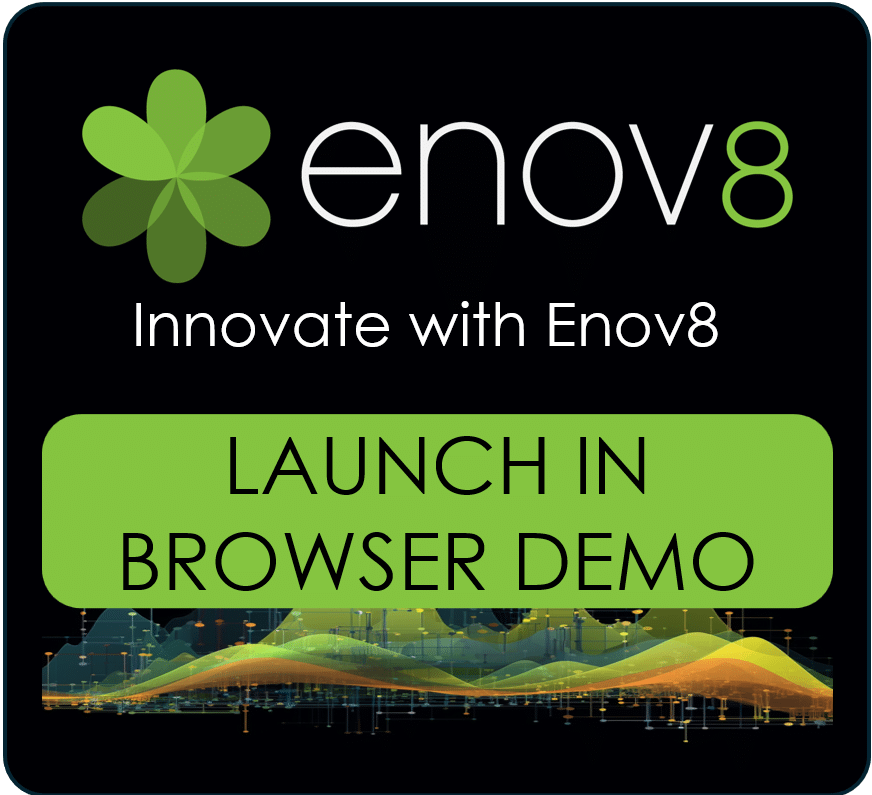
Managing an application portfolio is essential for organizations aiming to optimize their IT operations, reduce costs, and enhance overall efficiency. Application Portfolio Management (APM) tools are designed to help organizations achieve these goals by providing a comprehensive view of their applications, assessing their value, and facilitating strategic decision-making.
Recently, Enov8 has entered this arena, offering a new APM capability that sits above its traditional SDLC/Delivery focus on Environments & Release. Enov8 is positioning its platform as LIVE APM, “Marrying APM with Delivery.”
In this post, we will explore the top application portfolio management tools available, detailing how they work, what problems they solve, and their pros and cons.
What is Application Portfolio Management?
Application Portfolio Management (APM) involves the practice of managing and optimizing a company’s software applications to align with business objectives. It includes assessing the value, cost, and risk associated with each application and making informed decisions about their future.
APM tools assist organizations in cataloging applications, understanding their interdependencies, evaluating their performance, and planning for modernization or retirement.
Why Use Application Portfolio Management Tools?
Without APM tools, organizations may face challenges such as redundant applications, underutilized resources, and high maintenance costs. APM tools help overcome these challenges by providing:
- Comprehensive Visibility: A detailed inventory of all applications, their usage, and interdependencies.
- Strategic Insights: Data-driven insights for decision-making regarding application investments, retirements, and upgrades.
- Cost Optimization: Identification of redundant or obsolete applications to reduce maintenance costs.
- Risk Management: Assessment of application risks and planning for mitigation.
Enov8 LIVE APM: Marrying APM with Delivery
Enov8’s new APM capability, LIVE APM, bridges the gap between APM and Delivery, providing a holistic view of the application landscape while integrating seamlessly with the SDLC and delivery processes. This innovative approach ensures that organizations can manage their application portfolios in real-time, enhancing agility and responsiveness to business needs.

Top Application Portfolio Management Tools
1. LeanIX
LeanIX is a comprehensive APM tool that offers detailed insights into an organization’s IT landscape. It provides features like application lifecycle management, technology risk management, and business capability modeling.
Pros:
- Easy to use with intuitive dashboards / enterprise insights.
- Strong integration capabilities.
- Excellent customer support.
Cons:
- Can be expensive for smaller organizations.
- Some users find the customization options limited.
2. ServiceNow Application Portfolio Management
ServiceNow’s APM tool helps organizations gain visibility into their application landscape, align investments with business goals, and drive digital transformation.
Pros:
- Seamless integration with other ServiceNow products.
- Robust reporting and analytics capabilities.
- Scalable for large enterprises.
Cons:
- Steep learning curve.
- High implementation costs.
3. Flexera
Flexera provides a powerful APM solution that focuses on software asset management, application rationalization, and IT asset management. It helps organizations optimize their software investments and reduce risk.
Pros:
- Comprehensive asset management capabilities.
- Strong analytics and reporting features.
- Excellent for managing software licenses and compliance.
Cons:
- Complex setup and configuration.
- Can be costly for smaller businesses.
4. Zluri
Zluri is designed to simplify SaaS management, offering features like application discovery, usage tracking, and cost optimization. It’s particularly useful for organizations heavily reliant on SaaS applications.
Pros:
- User-friendly interface.
- Effective at identifying unused or redundant applications.
- Cost-effective solution.
Cons:
- Limited to SaaS applications.
- Integration options could be expanded.
5. Alfabet
Alfabet by Software AG provides a robust APM solution that combines IT portfolio management with enterprise architecture management. It helps organizations align IT investments with business priorities.
Pros:
- Strong integration with enterprise architecture tools.
- Comprehensive feature set.
- Excellent for strategic IT planning.
Cons:
- High learning curve.
- Requires significant time to implement effectively.
6. HOPEX
HOPEX by Mega International is a versatile APM tool that offers capabilities for IT portfolio management, risk management, and business transformation. It supports strategic planning and decision-making.
Pros:
- Versatile and comprehensive tool.
- Strong support for risk management.
- Good for aligning IT with business strategy.
Cons:
- Complex to implement and use.
- Can be expensive.
7. Ardoq
Ardoq is an innovative APM tool that emphasizes collaboration and visualization. It helps organizations understand their application landscape through dynamic, interactive diagrams.
Pros:
- Highly visual and intuitive.
- Excellent for collaboration across teams.
- Flexible and customizable.
Cons:
- May require training to use effectively.
- Higher cost for advanced features.
Conclusion
Choosing the right Application Portfolio Management tool depends on your organization’s specific needs and goals. Tools like LeanIX and ServiceNow APM are excellent for large enterprises seeking comprehensive solutions, while tools like Zluri and Ardoq offer more specialized capabilities.
Enov8’s LIVE APM offers a unique proposition by integrating APM with delivery processes, providing real-time insights and enhancing agility.
By leveraging these tools, organizations can optimize their application portfolios, reduce costs, and align IT investments with business objectives, ensuring a robust and efficient IT environment.

